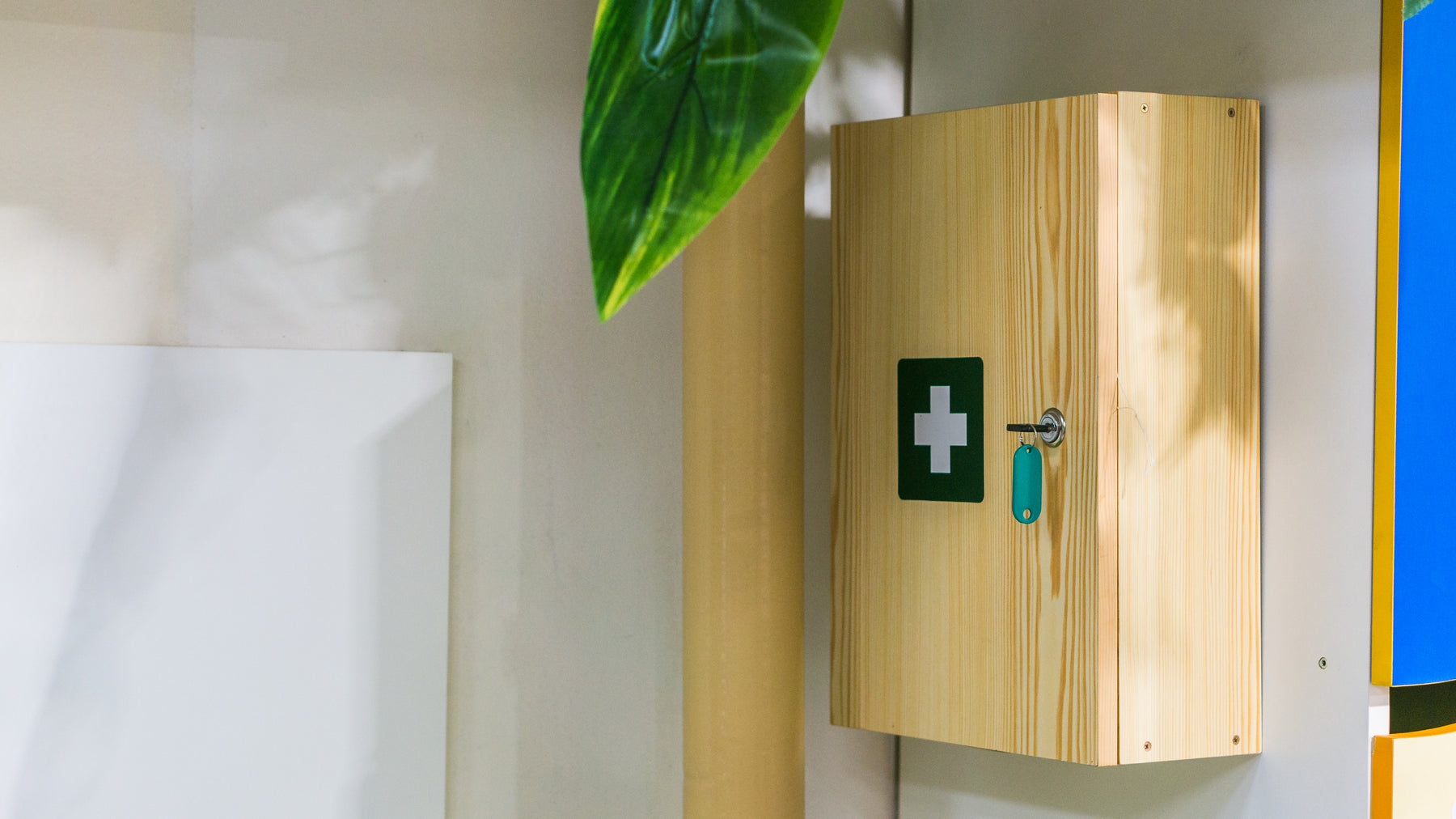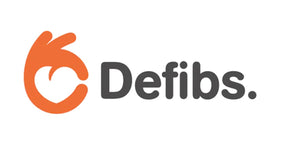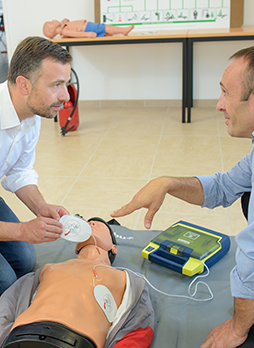Available via chat

Can we help you find the best cabinet for your defibrillator?
Automatic external defibrillators (AEDs or Defibs) work by shocking the heart so that it can return to its natural rhythm when someone is suffering from a sudden cardiac arrest (SCA). If you don't know how to spot them, check out our guide to understand the differences. Defibs are great medical tools that make the difference between life and death when used as fast as possible and are kept in schools, offices, supermarkets and sports grounds across the country.
With a wide variety of Defibs on the market, all offering something different, it can be hard deciding which one is the best to opt for. Once you have made that decision however, it’s also important to consider which Defib cabinet is ideal for your new defibrillator to be stored in, in order for it to be kept safe and easily accessible.
Firstly, it is important to consider your location, if you have a defibrillator in your workplace (in an office for example), it is important for it to be kept somewhere that all staff frequent and can easily get to such as in the entrance corridor or canteen on the wall. Conversely, if you have a defibrillator at your local football pitch it would be accessed far more easily outside rather than in the changing rooms. These are factors to consider as the sooner a Defib is used in an emergency, the higher the chance of survival.



